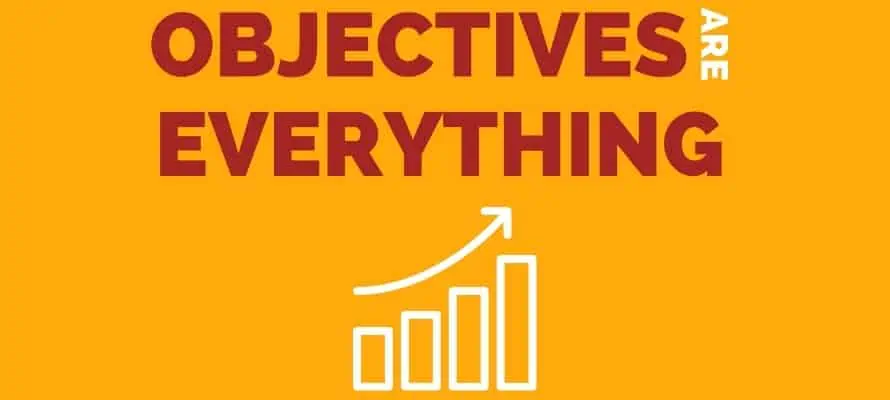
Planning and executing creative internal communications campaigns takes work. Like most of the work you do as an internal communicator, it all starts with understanding your objectives. Everything you do should ladder back up to the ultimate goals of the business. But there are many steps that go into goal-setting, understanding your audience, and then how to craft a campaign.
Campaigns aren’t just one-off messages, they are intentional efforts that span time with multiple stages of messaging (and often multiple channels) involved. Read on to learn how to create internal comms campaigns that get results.
Creative internal communication campaigns are strategically designed initiatives that aim to engage employees, drive behavior change, and reinforce messages in a unique and captivating way.
These campaigns go beyond the conventional to inspire, entertain, and inform employees while aligning them with the company’s goals and values. The key characteristics of creative internal communication campaigns include:
Overall, creative internal communication campaigns are instrumental in overcoming distractions and capturing employee interest while still driving desired outcomes.

So, how do you get started with creating these actionable but creative campaigns? Follow these steps.
Most organizations make the overarching goals of the business fairly accessible (typically they go through your team to share them!). Whether the goal is to increase revenue or to make an impact on the community you operate within, it’s important to keep these overarching business objectives top of mind.
But before you make your goals as an internal communications team, we recommend using your monthly stakeholder meeting to touch base with other departments about what their goals are for the year (or quarter). Since their initiatives will need to flow through your team and be communicated, knowing what their goals are for these programs ahead of time will help you craft more successful campaigns.
You can then take all these objectives and determine what the goals of your department should be and what your priorities are when designing each campaign.

No internal communication campaign will be successful if you don’t understand your audience. While IC professionals often have a finger on the pulse of the employee body, it’s important to not make assumptions.
When was the last time you surveyed your audience? Are you regularly collecting employee feedback from all business units, roles, and tenures? Have you looked at your demographic data and understand the employee groups you’re communicating with?
Part of understanding your audience is understanding what channels they have access to, what types of messages they receive, and their preferred method of communication. We suggest you check out our Internal Communications Audit Guide for help with this critical step.
[optin-monster slug=”yhknyxfyeqdr1ilszcm1″ followrules=”true”]
No campaign is going to work if it’s not intentional and balanced with everything else you have to communicate. That’s why an editorial calendar is such an invaluable tool.
Organize all your campaigns into your content calendar to ensure that you can execute on all your campaigns. Because creative communications take more time—with more visual and video components—this will make sure you start creating your communications far enough in advance.
Making campaigns that are creative but also effective is challenging. But it’s even harder if you tackle it alone. Regular meetings with your key stakeholders will help you stay on track and on plan.
Creativity for the sake of being cute or fun isn’t enough. Trying to make your communications “creative” should never come before making them effective and purposeful. These meetings with the broader team will help ensure you don’t miss the mark just for the sake of trying to make something more engaging.
There is A LOT that goes into creating your internal comms campaigns. (So much that we created a whitepaper all about it because it can’t all fit in this blog.) But I’ll cover three of the basics here:

We touched on this a little bit already, but measurement is really important to creating a great campaign. This involves looking into your analytics:
But it also requires a little investigation. We love focus groups for this because they become your ears to the ground—and they should represent the employee body in terms of geography, role, and tenure. Ask them if they have any questions about the change or program, what you could have done better, and generally if they have any ideas about how to get the message out.
And it all has to come back to the business objectives. Did the department behind the program hit its goal? How did the program and your communication of it ladder up to a larger business objective? And how are you sharing these results?
IC professionals are busy, and that can often leave us reactive rather than proactive. But adequately planning ahead for known internal communications campaigns that we’ll be tasked with each year, is a huge step towards creating more time for you to be creative, innovative, and strategic in your communication strategy.
[optin-monster slug=”gqorn0natkqgyrtjvr6i” followrules=”true”]